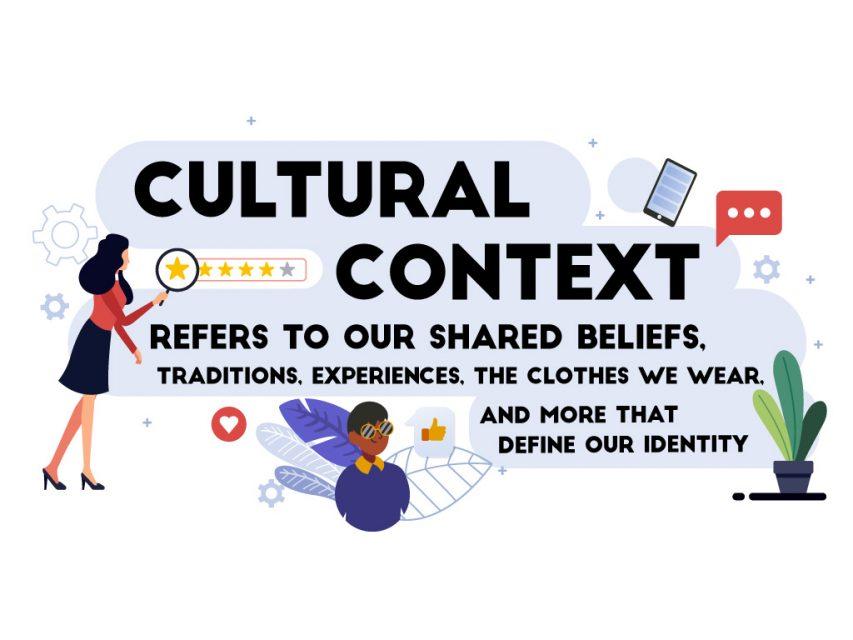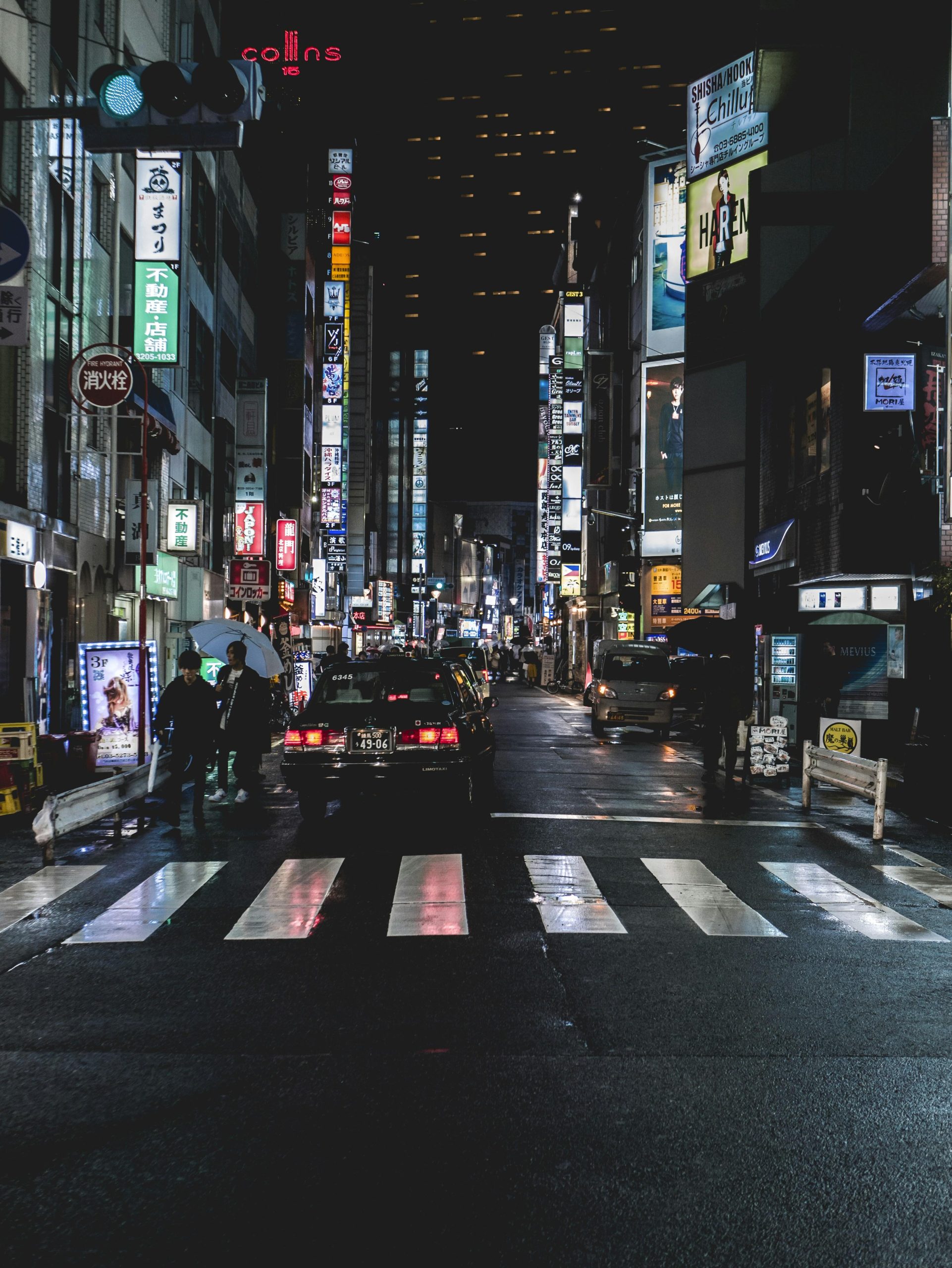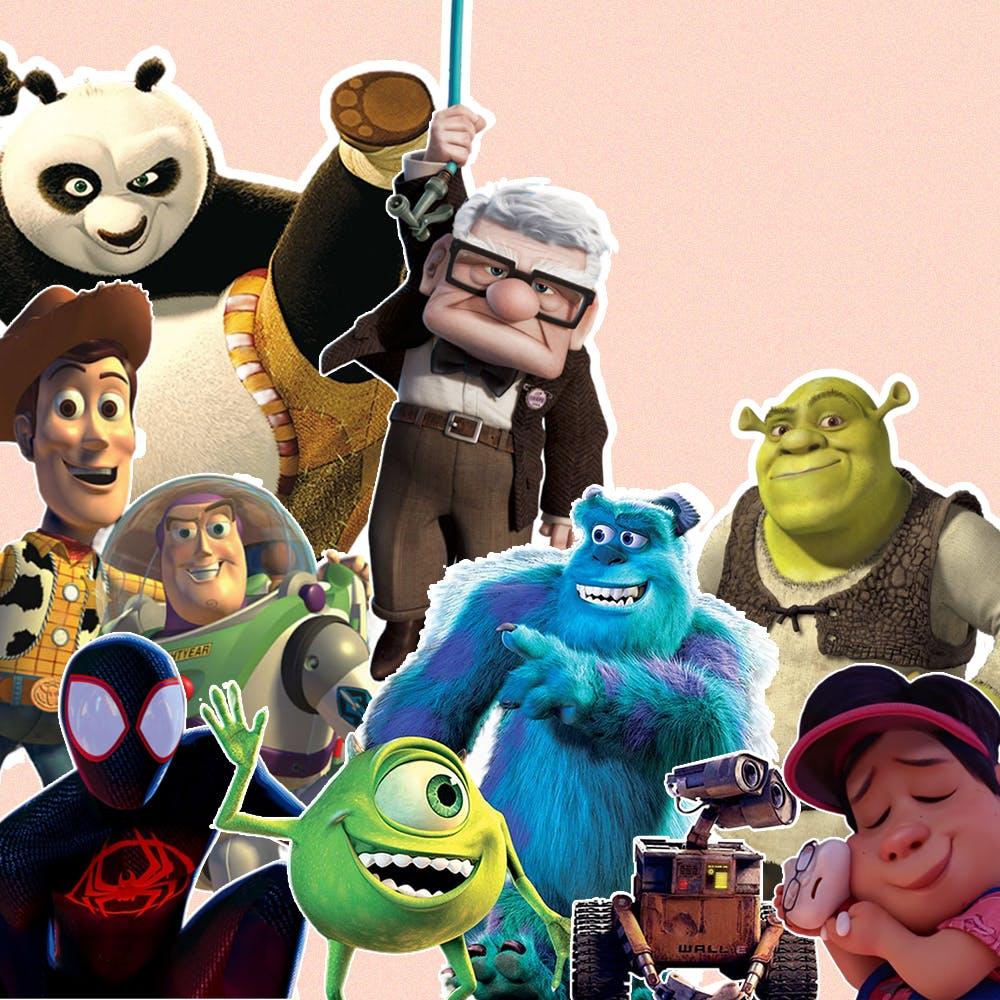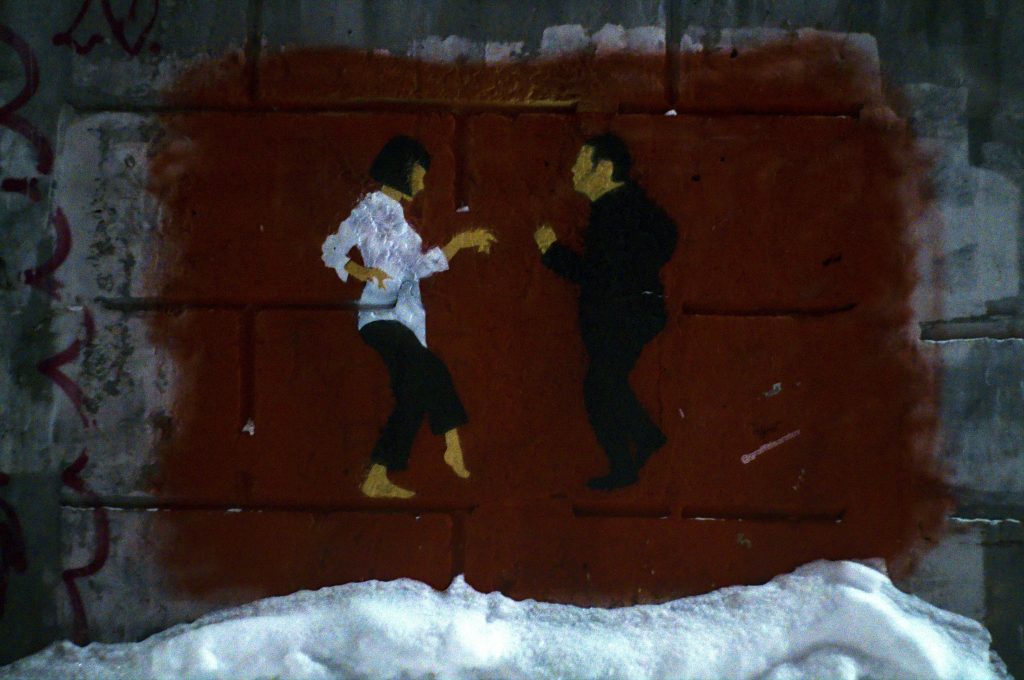In Sofia Coppola‘s critically acclaimed film “Lost in Translation,” audiences are drawn into a world where the protagonists, Bob Harris and Charlotte, navigate the labyrinthine streets of Tokyo while grappling with profound emotional disconnection. At first glance, the film’s portrayal of isolation and cultural dissonance might seem to simply reflect the inherent challenges of communication in a foreign land. However, a deeper analysis reveals a more complex narrative—one that arguably glorifies emotional disconnect as a conduit for introspection and personal growth. By examining the nuanced interactions between the characters and their surroundings, this article explores whether “Lost in Translation” romanticizes the alienation experienced by its protagonists, suggesting that their emotional detachment is not merely a byproduct of circumstance but a deliberate space for self-discovery. Through this lens, we seek to understand the implications of such a portrayal and its resonance with audiences who may find solace in the notion that sometimes, being lost is the first step to being found.
Exploring the Cinematic Techniques That Portray Emotional Disconnect
In Sofia Coppola’s Lost in Translation, the emotional disconnect between characters is masterfully portrayed through a variety of cinematic techniques. Visual composition plays a significant role, with characters often framed in wide shots that emphasize their isolation within the bustling Tokyo metropolis. The deliberate use of negative space in these compositions accentuates the feeling of detachment, suggesting that the physical distance mirrors their emotional separation. Furthermore, lighting choices are pivotal; dimly lit scenes and the use of soft, ambient light create a sense of melancholy and introspection, reinforcing the characters’ internal struggles.
- Sound design: The film’s sparse dialogue is punctuated by ambient noise and an evocative soundtrack, which highlights moments of silence and underscores the unspoken tension between the protagonists.
- Editing pace: The slow, deliberate editing rhythm allows the audience to linger on moments of quiet reflection, providing space for viewers to connect with the characters’ emotional journeys.
- Color palette: A muted color scheme reflects the subdued emotional tone, with blues and grays dominating the visual narrative, symbolizing the characters’ emotional detachment.
These techniques work in tandem to create a poignant exploration of alienation and connection, inviting viewers to contemplate whether the film’s portrayal of emotional disconnect is a commentary on modern relationships or an artistic glorification of solitude.

Analyzing Character Development and Interpersonal Relationships
In Sofia Coppola’s ”Lost in Translation,” the nuanced portrayal of character development and the interpersonal dynamics between Bob Harris and Charlotte takes center stage, offering a profound exploration of emotional disconnection. Both characters, ensconced in the alienating urban landscape of Tokyo, are depicted as emotionally adrift, navigating their respective life crises. Bob, a washed-up actor grappling with a midlife crisis, and Charlotte, a recent college graduate questioning her marriage and life choices, find solace in each other’s company. Their evolving relationship is marked by moments of silent understanding and subtle intimacy, effectively illustrating how emotional disconnection can foster an unexpected bond between two seemingly disparate individuals.
The film challenges the notion of glorifying emotional disconnect by showcasing its complexity through a series of interactions that are both tender and poignant. As Bob and Charlotte traverse the vibrant yet isolating Tokyo streets, their connection is characterized by:
- Shared Loneliness: Despite the physical presence of others, both characters experience a profound sense of isolation, which becomes a shared experience that brings them closer.
- Unspoken Communication: Much of their relationship is built on non-verbal cues and shared silences, highlighting the depth of their understanding without the need for explicit dialogue.
- Personal Growth: Through their interactions, both characters confront their inner turmoil, ultimately finding a semblance of peace and clarity in their lives.
Rather than glorifying emotional disconnect, “Lost in Translation” presents it as a catalyst for self-discovery and connection, inviting viewers to ponder the intricate layers of human relationships.

The Role of Cultural Context in Shaping Viewer Perception
The intricate tapestry of cultural context is pivotal in shaping how audiences perceive and interpret films like “Lost in Translation.” This cinematic piece, steeped in nuanced interactions and unspoken emotions, offers a narrative that resonates differently across cultural landscapes. Cultural perceptions influence the degree to which viewers empathize with the characters’ sense of isolation or connect with the subtle humor embedded in cross-cultural encounters. The film’s depiction of Tokyo, through a Western lens, might be seen as an exploration of existential ennui, yet it can simultaneously be perceived as an oversimplified portrayal of Japanese culture.
Several elements of cultural context affect viewer perception, including:
- Language Barriers: Viewers from multilingual backgrounds may perceive the language differences in the film as a source of both comedic relief and profound miscommunication.
- Cultural Stereotypes: Audiences with different cultural experiences might critique or appreciate the film’s depiction of cultural stereotypes, influencing their understanding of the characters’ emotional disconnect.
- Globalization: For some, the film’s setting in a hyper-modern city like Tokyo might highlight the universal nature of isolation in an increasingly globalized world.
Understanding these varied cultural interpretations allows for a richer analysis of whether the film glorifies emotional disconnect or merely portrays it as an inevitable aspect of the human condition. By examining the cultural context, one can discern how deeply embedded cultural narratives influence audience reception and the broader conversation surrounding the film’s themes.

Recommendations for Depicting Authentic Emotional Connections in Film
- Character Depth and Development: To craft believable emotional connections, films must prioritize character depth. This involves creating multidimensional characters with distinct personalities, backgrounds, and motivations. By allowing characters to evolve naturally, filmmakers can present relationships that resonate with audiences on a profound level. For instance, exploring subtle cues like body language, tone of voice, and even silence can convey the complexities of human emotions far more effectively than overt dialogue.
- Authentic Dialogue: Dialogue is a powerful tool in depicting genuine emotional ties. Conversations should mirror real-life interactions, with all their imperfections and hesitations. This authenticity can be achieved through improvisation, where actors bring their unique perspectives to the script, allowing for spontaneous and relatable exchanges. By embracing the nuances of everyday speech, films can create a sense of intimacy and connection that feels organic rather than contrived.
- Relatable Contexts and Scenarios: Placing characters in relatable situations can significantly enhance the authenticity of their emotional connections. By drawing from universal experiences such as love, loss, or longing, films can evoke empathy and understanding from the audience. These scenarios, when combined with well-developed characters, enable viewers to see reflections of their own lives, making the emotional connections on screen feel all the more real and impactful.









